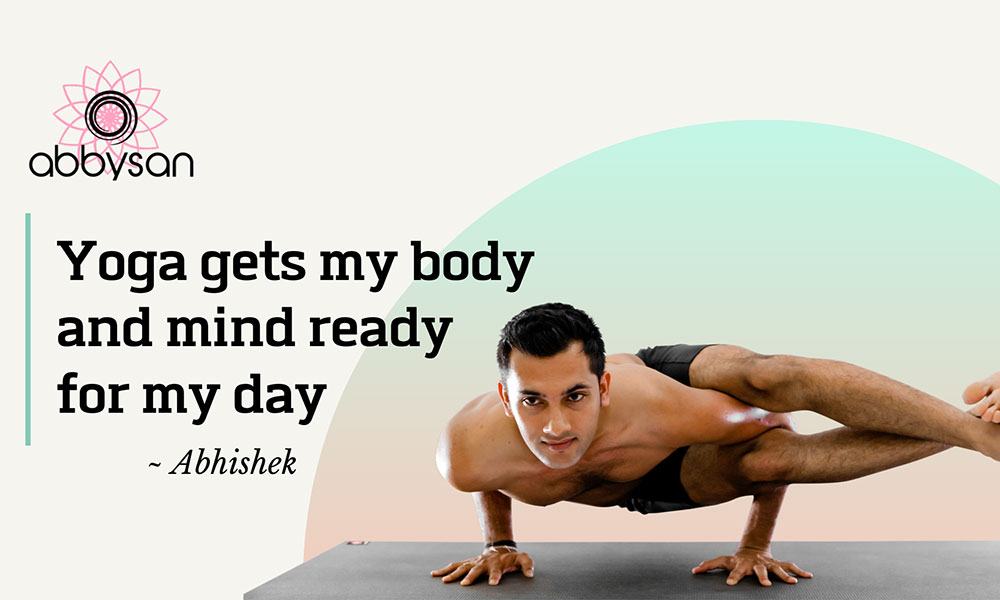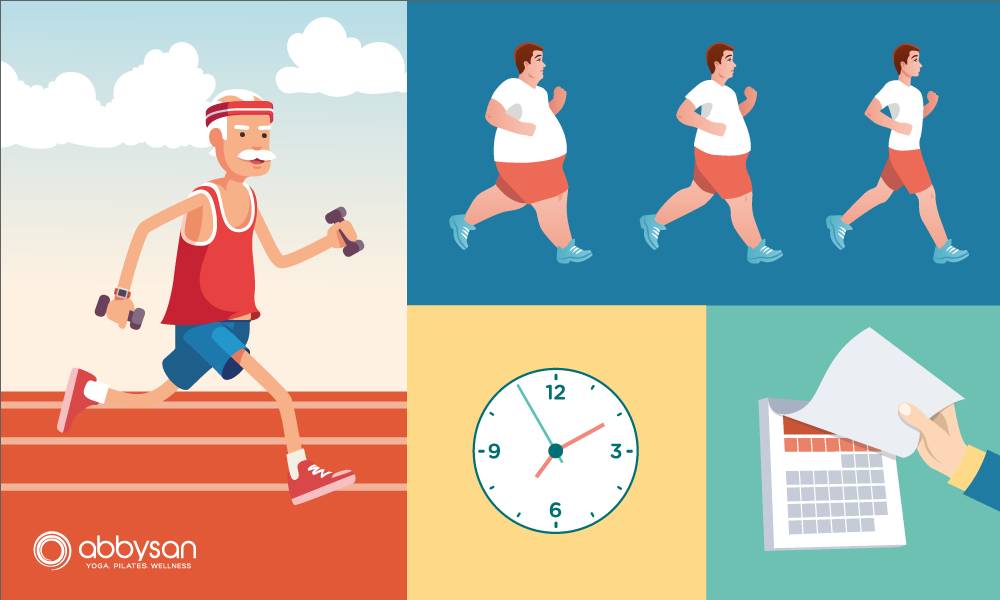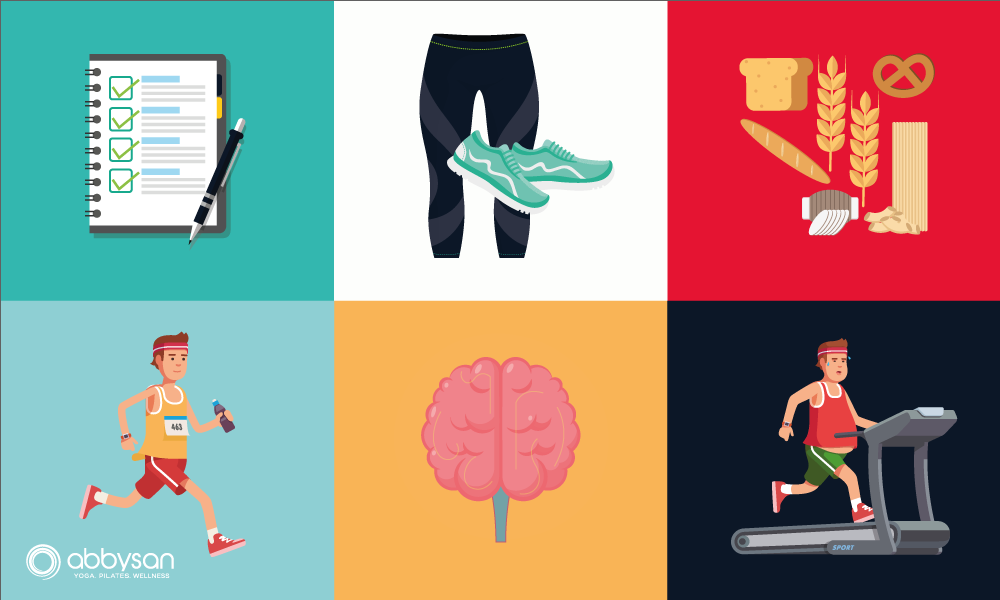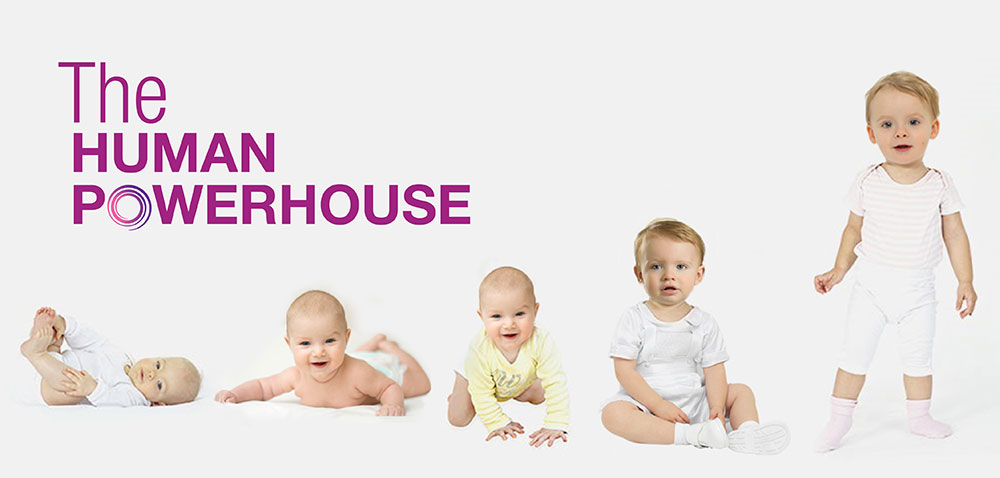Many people are claiming most forms of cardio and working out are a waste of time and that the best way to lose fat is to do super intense HIIT workouts, group training or cross fit. As you are about to find out, this is not necessarily true. The weight loss effects of HIIT have been over-exaggerated, and there are other better ways to lose weight and get in shape.
It’s true that HIIT workouts have health benefits and can improve various markers of cardio-metabolic health, but they are not as effective for weight loss as some people like to think.
Exercise Is Not That Effective for Weight Loss In General
A study looked at 493 other studies made in the last 25 years on diet and exercise, and found out that exercise provides a very slight edge compared to dieting alone. Over the course of 15 weeks, aerobic exercises alone provided a weight loss of around 7 lbs., dieting alone provided around 18 lbs., while dieting and exercise combined resulted in an average of 20 lbs. of weight loss.
That’s just 3 lbs. extra compared to dieting alone. And for those 3 extra pounds, you would have to work out really hard, to sweat and give all your effort, to invest time and money, to stress your body and put pressure on your joints.
Also, a part of the Heritage Family Study tracked more than 500 men and woman during a 20-week exercise program. What they found out after 60 intense workouts were that the subjects lost just around 2 lbs., showing that aerobic exercise is not a major factor in weight loss.
HIIT
But let’s get back to HIIT. People are claiming that it is so effective because of its “afterburn effect”, which claims that your body is still burning calories even after the workout is over. This is true but to a very small extent. The rumors about that magical afterburn effect have been way exaggerated.
This study showed that HIIT gives an extra caloric expenditure of around 226 calories, which were burned during and immediately after exercising, but having no impact on resting metabolism 23 hours after the workout. Comparing this to 45 minutes of steady cardio which burns around 700 calories (519 during the workout and 190 after it had finished), doesn’t make HIIT that great for weight loss.
A meta-analysis of the Australian scientists examined multiple studies and concluded that there is no evidence to support that HIIT is more effective for burning body fat, nor is steady-state cardio.
More Reasons To Avoid High-Intensity Workouts
Here are a few other reasons why high-intensity workouts, group classes, cross fit or boot camp style workouts are not that effective for weight loss:
- The workouts are making people hungrier, and since most of them are already obese, it means they do not have a proper diet. So high-intensity workouts only make them eat more of the junk food that made them fat in the first place
- Most classes do not properly train all participants on how to correctly perform all of the exercises. Usually, there is only one trainer that teaches in front of 30 people, so they don’t get the chance to personally adjust the execution of each participant. This leads to bad movement patterns on top of the dysfunctional patterns people already have from sitting all day long
- Such intense workouts make participants feel exhausted instead of being fresh and energetic
- If people do not get enough sleep, not only they will not lose weight, but they will feel tired the next day. And in search of more energy, they will turn to sugar and other junk food that will make them gain weight instead of losing it
- These workouts are great for getting you pumped and hyped up, but they do not relax you mentally in order to reduce cortisol. This hormone plays a huge role in weight loss
What To Do Instead?
As multiple studies have shown it, the single best way to lose weight is through dieting. There are lots of diets out there, but they are all based on the same principle: a caloric deficit.
We suggest to start with detox and then to follow a healthy diet that includes plenty of fresh fruits and vegetables and is not an extreme one focused on heavily restricting certain foods or macronutrients.
We also recommend taking classes that will help you relax and get rid of daily stress. When you are on a diet you are even more stressed than usual, so classes like Yoga and Pilates can help you a lot.
Our 30-day jump start program includes unlimited Yoga, Pilates & Exercise classes, posture screening, and body metrics, a 30-minute goal setting and strategy session, as well as a personalized class calendar to achieve your personal goals. Our experts are here to change your life! Click here to find out more.









